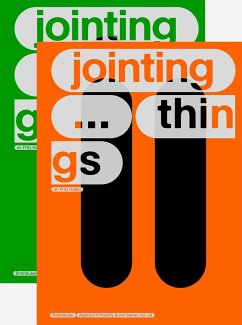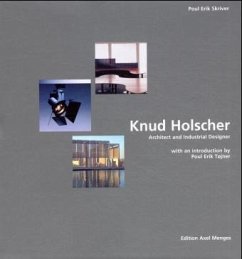
William Burges (Architect)
Versandkostenfrei!
Versandfertig in 6-10 Tagen
26,99 €
inkl. MwSt.

PAYBACK Punkte
13 °P sammeln!
Please note that the content of this book primarily consists of articles available from Wikipedia or other free sources online. William Burges was an English architect and designer. The greatest of the Victorian art-architects, Burges sought in his work an escape from 19th century industrialisation and a return to the values, architectural and social, of an imagined mediaeval England. His range encompassed some of the most splendid examples of mid and late Victorian gothic revival buildings, furniture, stained glass, jewellery and metalwork. In 1856 Burges established his own architectural pra...
Please note that the content of this book primarily consists of articles available from Wikipedia or other free sources online. William Burges was an English architect and designer. The greatest of the Victorian art-architects, Burges sought in his work an escape from 19th century industrialisation and a return to the values, architectural and social, of an imagined mediaeval England. His range encompassed some of the most splendid examples of mid and late Victorian gothic revival buildings, furniture, stained glass, jewellery and metalwork. In 1856 Burges established his own architectural practice at 15 Buckingham Street, The Strand. Some of his early items of furniture were created for this office and later moved to The Tower House, Melbury Road, Kensington, the home he built for himself towards the end of his life. His early architectural career was relatively unsuccessful although he won prestigious commissions for Lille Cathedral, the Crimea Memorial Church and the Bombay School of Art. However, all remained unbuilt, at least to Burges'' designs. Most regretable of all was his failed entry for the Law Courts in the Strand which, if built, would have created an English Carcassonne in the middle of London.












